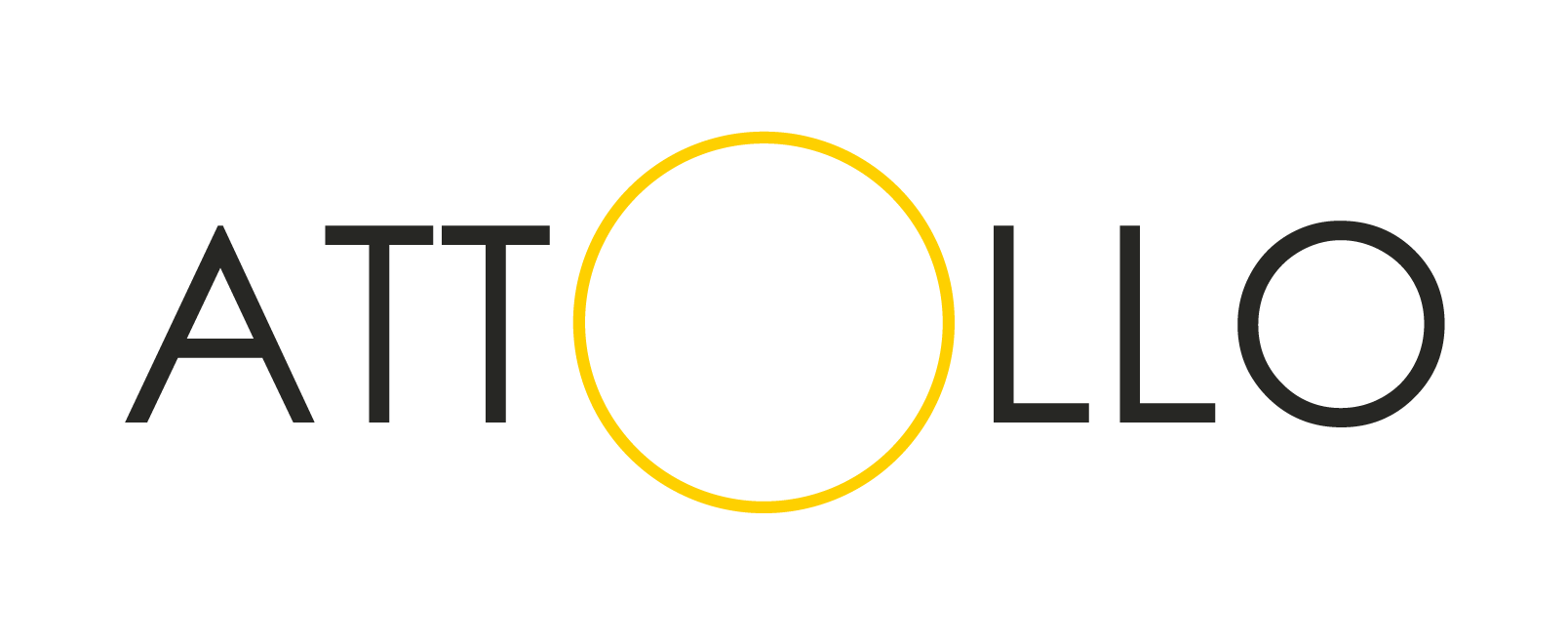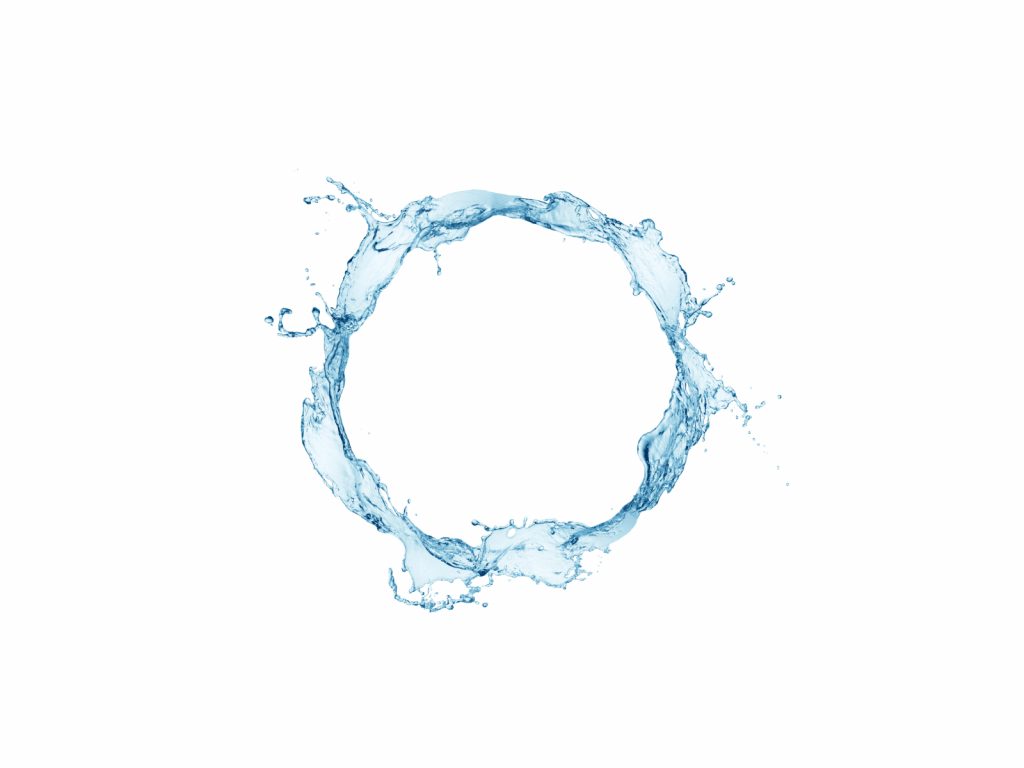
Why innovation needs to focus on plug and abandonment (P&A) to cut decommissioning costs
If the UK is to reduce offshore oil and gas decommissioning costs by 35%, new and alternative well plug & abandonment (P&A) techniques must be given an opportunity.
Decommissioning and plug and abandonment (P&A) is now the fastest-growing activity in the North Sea, as more than 100 platforms are earmarked for closure by the mid-2020s due to mature fields and declining oil prices, while Brent – due to its size and complexity – has been the subject of huge scrutiny. As a result, the industry has a renewed focus on decommissioning. The supply chain that has emerged as a result, favours those specialists best equipped to carry out activities and tasks at each stage the most efficiently, cost-effectively and safely. But new methods need to be given a chance.
Costs, costs, cost !
Much of the discussion about oil and gas decommissioning continues to focus on costs. As part of the OGA’s Decommissioning Strategy, costs are reanalysed every year, as the industry continues to get to grips with this activity.
According to OGA’s latest June 2018 Cost Estimate Report, the estimated cost of decommissioning oil and gas infrastructure on the UK Continental Shelf (UKCS) has come down from £59.7 billion to £58 billion.
Furthermore, the report shows that even when including more assets and infrastructure than the 2017 cost analysis, estimated costs from 2018 are lower which is positive news. However, as an article by Lloyds Register (LR) points out these cost reductions are in large part down to lower supply chain costs and not necessarily improved methods of delivery.
Since the oil price collapsed in 2014, the industry’s operating cost has also reduced. Rigs, which at one point cost $200,000/d+, can today expect to make >$100,000/d. Such a reduction is reflected throughout the entire service sector.
For the sector as a whole, this should be taken as a positive development. As costs have fallen in line with commodity prices, exploration and production (E&P) projects are now more commercially viable than they were. In terms of decommissioning projects, the OGA has challenged the industry to reduce costs by at least 35%.
Achieving a 35% reduction in decommissioning costs.
Achieving this target will leave operators with smaller liabilities on their books, a smaller cost borne by the public purse, while engendering an effective, efficient supply chain based on competition and innovation.
However, if much of the decommissioning cost reduction as evidence over the last 2-3 years has been the result of cheaper daily rates, then the OGA’s aim to reduce the cost of decommissioning by a third could be threatened by the oil and gas industry’s improved prospects.
Cost reductions can be achieved a number of ways including;
- reduction in unit costs
- leveraging economies of scale
- increased operating efficiency
- lessons learned
- deploying new technology, techniques and methods
But, continued pressure on the supply chain is unlikely to result in further cost reduction opportunities, with resources – labour and equipment – stretched to service the industry.
Opportunities for economies of scale are not immediately obvious as few, if any, large-scale consolidated decommissioning programmes are being discussed. The decommissioning supply chain is still immature so increased efficiency due to task familiarity is yet to be realised by most companies and contractors.
It’s also important to add that opportunities for innovation that can reduce time, therefore costs, are far from being fully realised.
The lion’s share of decommissioning costs.
One area ripe for cost reduction, simply because it accounts for the largest chunk of overall decommissioning costs, is plug and abandonment (P&A).
In the OGA report, the geographic distribution in UK waters of decommissioning costs is summarised. Across these areas, which span West of Shetland, Central North Sea, Northern North Sea, Southern North Sea and the Irish Sea, well abandonment is always the most costly aspect of decommissioning.
For example, in the Central North Sea, where decommissioning costs are expected to total somewhere between £25-30 billion, well abandonmennt/P&A will account for nearly half that amount, while topsides removal is expected to account for around £3 billion. Even in the Northern North Sea, where decommissioning is expected to cost just under £15 billion, well abandonment is expected to account for between £6-7 billion of the total.
Decommissioning Cost Distribution by Category.

Figure 1: UKCS Decommissioning 2018 Cost Estimate Report
Advancing plug and abandonment (P&A) – doing away with the rig.
Rig-less plug and abandonment (P&A) has the potential to reduce P&A costs significantly. Conventional plug and abandonment (P&A) uses drilling rigs in order to carry out section milling in order for a cement plug to be placed over a length of between 30-100m at a geological point. To prevent leakage the well casing is milled to allow the cement to rock bond.
Done with conventional milling tools this activity is laborious, slow and expensive. But there are new technologies on the horizon, for example, GA Drilling has developed an alternative rig-less coiled tubing (CT) technology based on plasma milling, a more efficient process that also enables reductions in operational activities and equipment costs. These new technologies can be deployed directly to the platform or the through the use of jackup barges or self-propelled liftboats, rather than a rig.
P&A costs could be reduced by 25-50% depending on the type of well and technology used. Compared with drilling rigs, jackup barges and self-propelled liftboats equipped for well intervention allow for flexibility during P&A activity, as they can be moved quickly and frequently between wells and sites if necessary.
Emergence of multitasking jackups.
Furthermore, newer jack-up barges and liftboats are arriving on the market that have been designed to be able to carry out multiple tasks, combining heavy lifting, well intervention and plug and abandonment (P&A) capability. Costs are saved through using one unit instead of multiple for different tasks. Alternatively, existing liftboats and jackup barges can be refitted with rig-less P&A packages, which can include a cantilever.
These packages can be fitted to units in a straightforward plug-and-play manner, then stored when not in use. These types of innovations open up the potential to deploy or upgrade existing units in the market and opens up the possibility of service companies focused on decommissioning to supply the demand for plug and abandonment (P&A).
Over the next 15 years, some 30,000 wells globally will need to be decommissioned, with around 9000 of these situated in the North Sea region. Though the plug and abandonment (P&A) market opportunity is going to be significant in the coming years, it requires governments, operators and industry to take bold steps to give new, efficient, less costly – albeit disruptive – approaches a chance to become proven and established.
Decommissioning – a global opportunity.
Offshore oil and gas fields in other regions are also entering late lifecycle phases. One of the biggest decommissioning opportunities is in the Asia-Pacific. In a report published in January 2018, analyst firm Wood MacKenzie (WoodMac) estimates that nearly 2600 platforms and 35,000 wells in the Asia-Pacific will require decommissioning, at a cost of over $100 billion (£78 billion).
Estimates vary but on average, well decommissioning accounts for 50% (WoodMac) to 65% (IHS Markit) of total decommissioning costs. Any cost reduction in plug and abandonment (P&A) will have a significant impact.
Other regions also face challenges, including companies operating across various countries across a large geographical range, combined with a lack of regional service providers in some areas. According to Offshore Network, this is creating opportunities for contractors and service providers to secure projects from operators that cover various well intervention activities, not just decommissioning work, which includes P&A, but various other kinds of well intervention work.
Countries in Asia-Pacific providing decommissioning opportunities include India, Australia, Thailand and Brunei. In Africa, ageing offshore assets in Angola and Nigeria mean these two countries will present significant decommissioning opportunities in the region in the next decade.
IHS Markit has forecast offshore decommissioning will increase from approximately $2.4 billion in 2015, to $13 billion-per-year by 2040, an increase of 540%.
For more information, contact:
Share this insight


